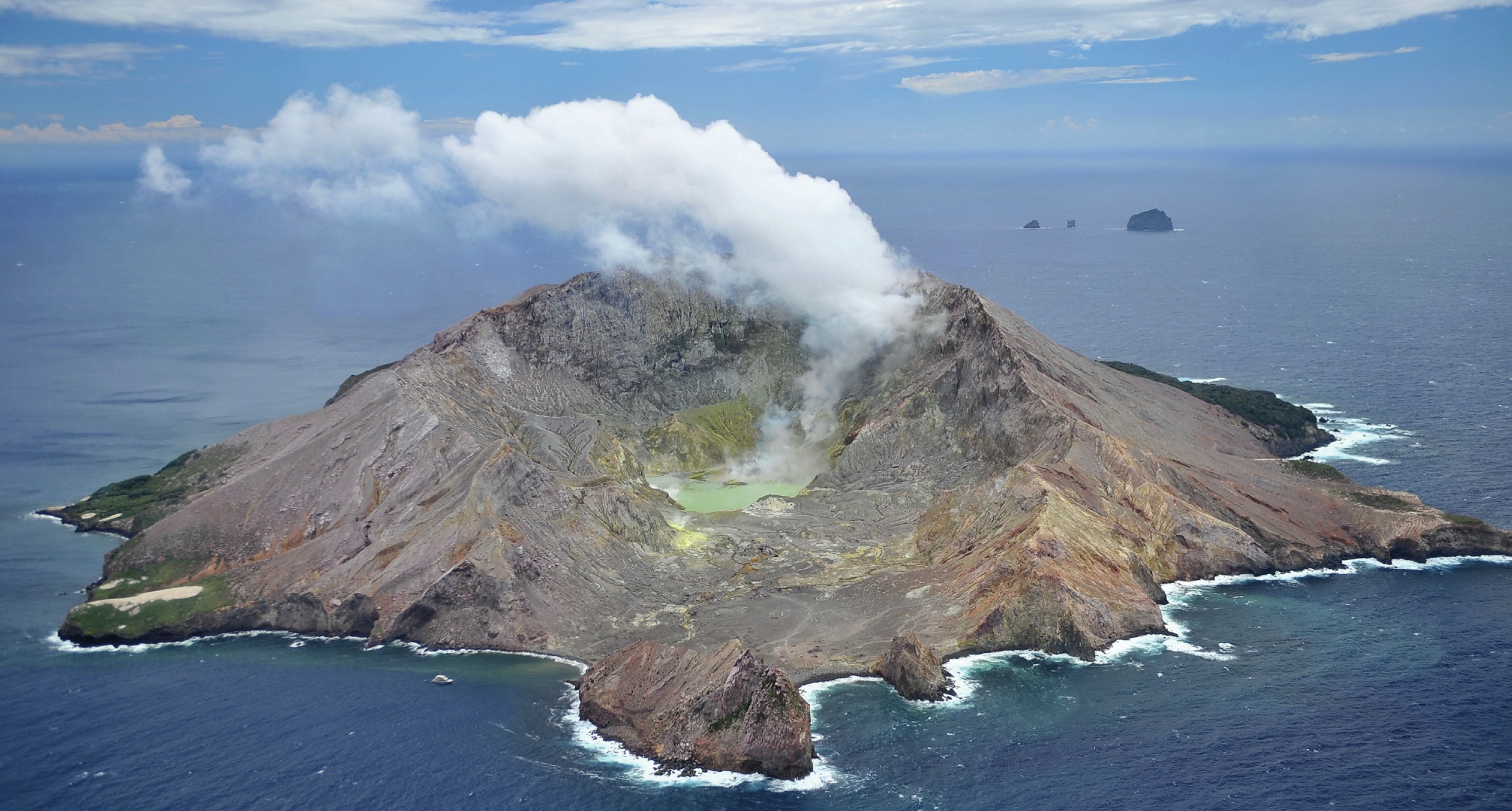
At any one time there are around 20 volcanoes actively erupting, and in the last 20 years approximately 2,000 people have been killed by volcanic eruptions.
Volcanologists use a range of techniques to try to predict volcanic eruptions. One thing which is measured and recorded is the increase in frequency and strength of earthquakes, measured by a seismograph, which may indicate an eruption is close. Tiltmeters and laser mapping are used to record swellings or deformations of the surface as this, along with high concentrations of gases such a sulphur dioxide, suggest that magma is rising.
Your organisation does not have access to this article.
Sign up today to give your students the edge they need to achieve their best grades with subject expertise
Subscribe
